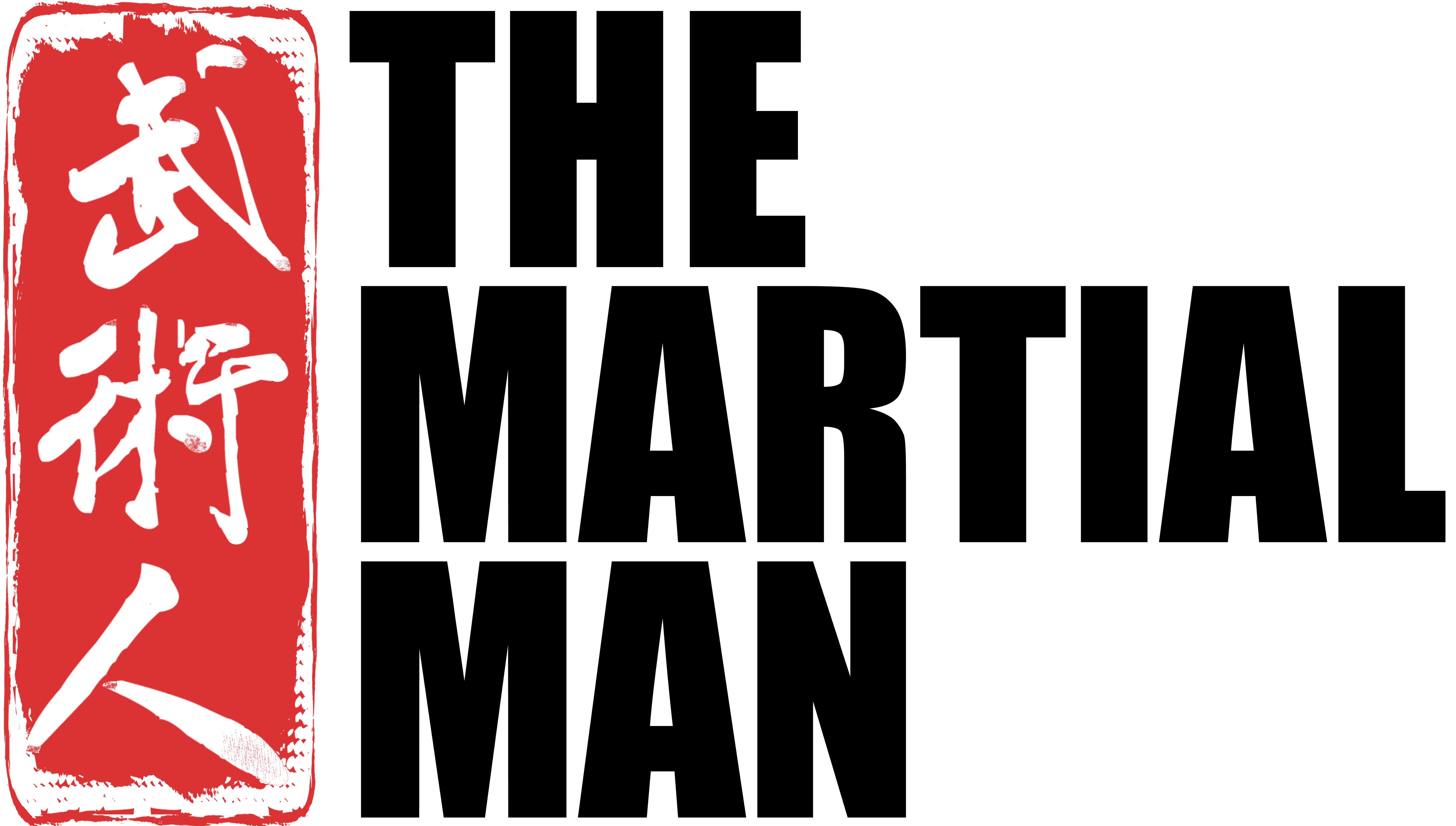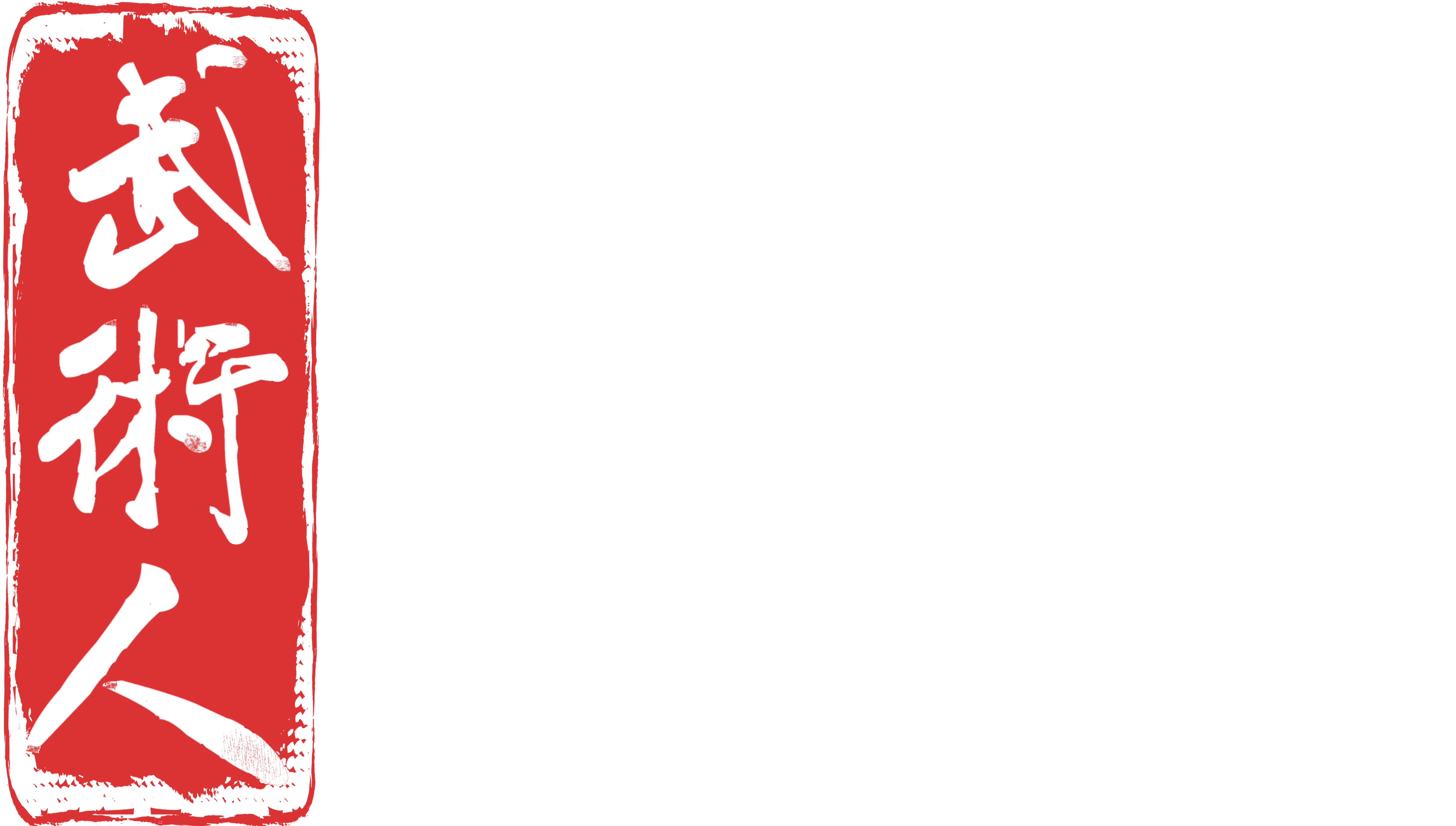2. Wing Chun Kung Fu – My Journey EP2
In this episode, I continue with the theme from my previous video sharing more about my martial arts background, focusing on my time spent learning Wing Chun, and addressing a frequently asked question, “Martial Man, who was your Wing Chun teacher?” For the viewers living in the U.K that are interested in learning Wing Chun Kung fu, I highly recommend you to visit Sifu Richard Baines and Sifu James Maxwell at Sheffield Wing Chun. You won’t be disappointed.
Responses
You must be logged in to post a comment.


Thank you, very Interesting. I would prefer a combined approach
Thanks Ofer
First of all, loving this content. I think prearranged is good for setting structure and sense of physical center/root. Started in Shaolin and there are many prearranged two person sets inside The various systems most notably and universal being 3 star and 4 beat. The 3 star is about conditioning and structure. After doing Taiji and returning to Shaolin I found that by being more relaxed and rooted even those with iron arms would recede away from impact not due to my conditioning but because of my connected and rooted body state. Lots of people sparred in Kungfu class and signing up was the only way for me to practice push hands so I would go into full contact but would rarely strike so much as try to stick and control while being punched and kicked at aggressively. After that I met an All State heavyweight wrestler from Montana who out weighed me by 50lbs and had only ever lost to 1 guy in his state during his yrs at competition level. This guy had much of the type of body/receiving skill I had gained in Taiji through his training. I taught him push hands(freestyle)through hands on work as he would try to muscle me really putting my skills to the test and definitely leveled them up over that year. Had I used strength he would have thrown me around so I was forced to use my Taiji. I learned that pretty much regardless of force as long as you have root/center and 2 points of contact you can redirect push force back through a non active contact point allowing one to resist force without tensing. The person feels like they are pushing themselves. These points become intuitive eventually and don’t need strong force to work(even 1 finger can work). An example is someone pushing you from the front and you can touch just behind their elbow, as they push you hua and redirect the energy back up their shoulder through the touch under their arm. I would never have learned these nuances had I not free-pushed but I think freepush would be counterproductive if one hadn’t yet developed some form of root or structure from some previous training that should perhaps include some prearranged sets.
Thank you for sharing your experience Jason.
Really nice video, from my own practice, personal practice, I think is better start from the foundation, training rooting and relaxing skill to the person learn for example how to relax in some static position like triple circle or even mabu, so the person start developing rooting and become able to let the body act better and start developing internal force, the person can learn how let the muscle “rest” on the bones and overtime starting using with more efficience the muscles, creating better connection between the intention and the movement, static posture like that is good to remove parasit forces like Feldenkrais said, you can as well start using Alexander techniques to help people relax more. With exercise with other person or even alone, you can start doing with eyes closed, there is a big diference between doing something with eyes closed and eyes open, one littel experiment is try to be stand up on the tip of the tiptoe, you can see that with eyes closed is much difficult because we waist a big time trying to infer the correct position instead of trust the body feelling.
Thank you for the input Éd
I would also be in favor of a combined approach. With the structured way
you certainly build the more correct tools into one’s arsenal, so that you
have well working answers to certain questions. But one is also, so to speak,
dependent on exactly these questions.
With free Chi Sao one should become more independent from the opponent,
which is probably indispensable for the application. But only with free training
you may also become sloppy and things may work perhaps, but for completely
different reasons than one thinks?
One thing I can say from my own experience (but of course not representative):
At my active time in the EWTO (about 20 years ago) almost only the sections were
trained. Of course, we tried it freely among ourselves, but that rarely worked well
and often ended in holding each other (at least when both were on the same level).
So practical relevance of Chi Sao was always a topic of discussion back then.
So, Sifu Kwok surely still recognized you when you interviewed him as Martial Man?
I always had the feeling that something was different with this video, now it explains itself 😉
Yes, sure, but he told me I look like a completely different person with no hair :))
Both approaches in a balanced way is best for me. There is a lot of depth in wing chun techniques and mechanics. Too much freestyle reveals our habits, and reinforces our habits. Both good and bad habits.
If we were all honest with ourselves, there is always flaws in our skills, and deficiencies in our techniques. In free chi sao, it is natural to not give our weak skills any light of day or chance to train, because the goal is to usually win the exchange. And if those skills are neglected for years, catching up and fixing bad habits might be a little too late depending on the practitioners mental attachment to their style and comfort.
So isolated training might seem rigid and restricting, but it is in fact forcing open the potential and range of arsenals in your toolbox. And during chi sao, different pressures will trigger the the spectrum of skills you have from the isolated drills. Having more tools in the toolbox, you can express and flow between techniques more freely. Range of solutions to problems in chi sao increases.
Thanks Ken, you made some great points.
Thank you for sharing your background.
I practice wing chun in France. Wong shun Leung, Philipp Bayer Lineage.
We begin to train chi sao in a systemic and codified way. I’ve been tought that wing chun is not a natural way to move and to fight, so we must create new behaviours and reflexes before use it in a more free and natural way.
If we start doing free chi sao or sparring too soon, our natural reflexes will come out and take over our news skills.
Of course free chi sao, goh sao and sparring or the advanced way of practicing we must look up to. But even at a high level of practicing we often come back to codified systematic chi sao to perfect some specific movement or behaviours.
I hope I made myself clear as english is not my native langage.
Cheers
Franck
Yes, very clear. Thank you for sharing.
Thank you for sharing. I think it is better to learn systematic before doing free flow.
Thanks for the input.
Both approaches are good
Thanks!
Personally I prefer the free chi sao method. But the wing chun system seems to allow for either approach.
Hi Robert, thanks for the input.